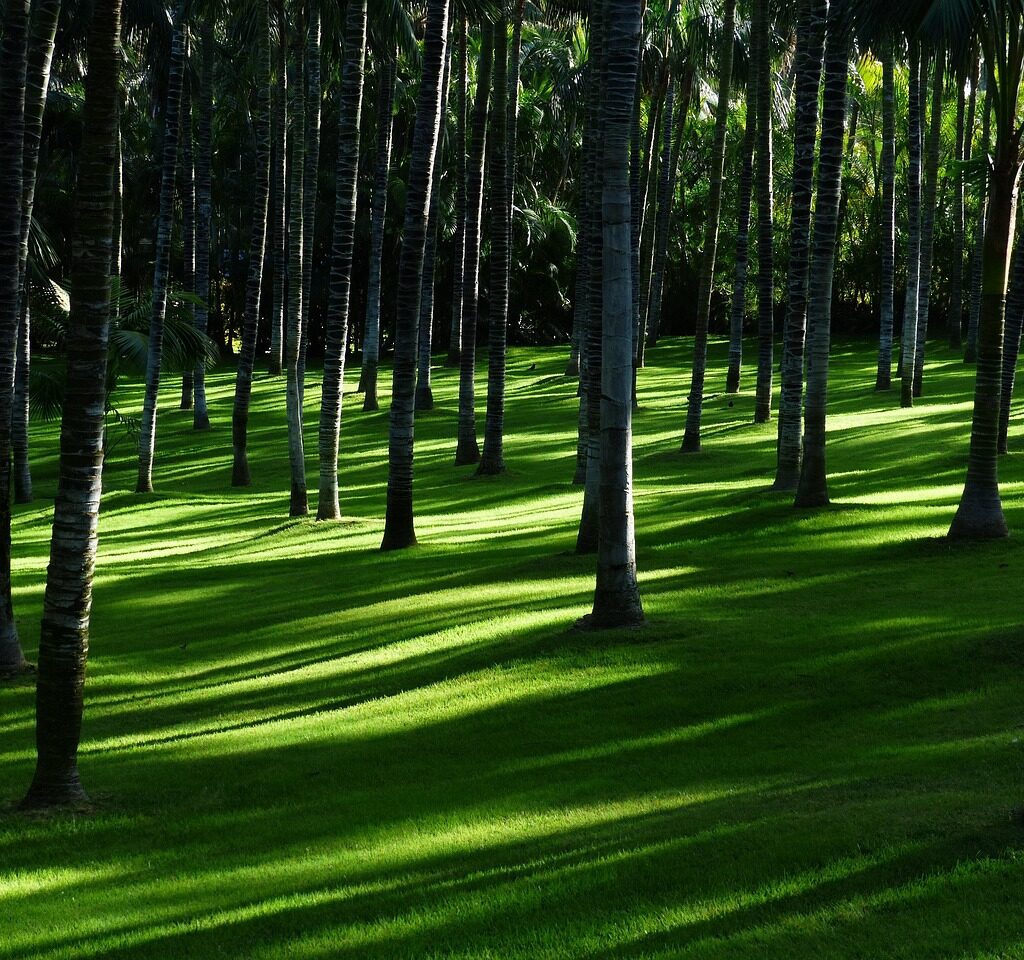In a move sparking international controversy, the European Commission has officially published its long-awaited country classifications under the EU Deforestation Regulation (EUDR), revealing that all 27 EU member states have been placed in the “low risk” category.
The EUDR introduces a risk-based system—low, standard, and high—that governs the level of due diligence required from companies importing certain agri-food commodities, including cocoa, coffee, palm oil, soy, and beef. Higher-risk classifications mean stricter scrutiny and more rigorous compliance checks.
While EU countries received the most favorable classification, several others—such as the United States, China, Australia, and Canada—also earned “low risk” status. In contrast, nations including Belarus, Myanmar, North Korea, and Russia have been designated as “high risk,” according to information first reported by Euractiv. All other countries fall under the “standard risk” category.
All EU members classified as ‘low risk’ under anti-deforestation rules: Reactions from Malaysia saw criticism of EU countries' preferential treatment as "favouritism". https://t.co/iYbrB4QH1E pic.twitter.com/fRQL3XoTCK
— Euractiv (@Euractiv) May 22, 2025
Trading Partners Disatisfied
This classification has not gone unnoticed by major trading partners. Countries like Indonesia, Brazil, and Malaysia—which are among the world’s top exporters of palm oil and other targeted commodities—have voiced strong concerns about what they perceive as bias in the Commission’s assessment.
Malaysia, in particular, reacted swiftly and critically. “The European Commission knows that we have a far better record on this than some European states,” said Dato’ Carl Bek-Nielsen, Chairman of the Malaysian Palm Oil Council. “And yet the European Commission has rewarded its own members with ‘low risk’ status. This apparent favouritism will inevitably cause resentment instead of building bridges for closer cooperation.”
The benchmarking for the EU deforestation regulation is out. In high risk the usual suspects (Russia, NK, Belarus, Myanmar), standard risk includes Indonesia, Malaysia, Brazil, and Argentina. Low risk is Thailand, Philippines, UK and US https://t.co/OGaWPXOoyZ
— Rob Francis (@RobFrancisEU) May 22, 2025
Despite these tensions, the Commission emphasized that all countries, regardless of classification, are required to comply with the EUDR. This includes proving that their products do not originate from deforested land, using tools such as geolocation coordinates to confirm compliance.
“Today’s publication of the country benchmarking is an important milestone,” the European Commission said in a press release. “It marks a crucial step toward the law’s implementation deadlines—30 December 2025 for large companies and 30 June 2026 for micro- and small enterprises.”
The regulation is part of the EU’s broader strategy to combat global deforestation driven by agricultural imports. However, as the bloc pushes ahead, diplomatic fallout from its risk-based approach suggests that smooth implementation may be easier said than done.
🆕 We published the 1st benchmarking list under the EU Deforestation Regulation to:
📊classify countries according to the risk of deforestation when producing the commodities covered by #EUDR
✅ensure simple, fair & cost-efficient implementationMore 👉 https://t.co/QhbK5fEwGR pic.twitter.com/pLNYLwU2rL
— EU Environment (@EU_ENV) May 22, 2025
The EU Commission’s decision comes despite the fact that Malaysia’s latest anti-deforestation standard, the MSPO, is in some respects even more stringent than the EU’s own regulation. Nonetheless, the European Commission has designated all 27 EU member states as “low risk” for deforestation—exempting them from the more burdensome compliance requirements that apply to countries labeled as “standard” or “high risk.” Malaysia, by contrast, was placed in the “standard risk” category, prompting criticism that the classification ignores the country’s comparatively strong track record. As Malaysian officials have pointed out, “the European Commission knows that we have a far better record on this than some European states.”
Adding to the controversy is the methodology behind the EU’s assessment. The Commission relies on data reflecting total forest cover, rather than focusing on the loss of primary forests—ecosystems that have taken centuries or even millennia to form. As a result, countries that replace ancient forests with monoculture plantations can still be deemed “low risk,” a flaw critics argue undermines the regulation’s very purpose.
US Trading Agency USTR has also singled out EUDR as a European non-tariff barriers. It argues that this will cost the US agricultural and industrial exports $8.6 billion a year. The controversial EU regulation already had to be postponed for one year, as a result of protests from both within the EU and from trading partners.
🌱🌍 EU Flags Belarus, Russia as High-Risk Under Deforestation Law
New import rules hit soy, beef, and palm oil from 4 nations with strictest checks; Brazil, Indonesia get lighter scrutiny.
Firms face fines up to 4% of turnover for non-compliance. pic.twitter.com/ygArecSlnu
— PiQ (@PiQSuite) May 22, 2025

